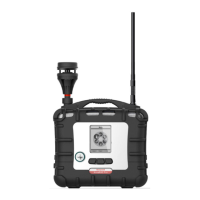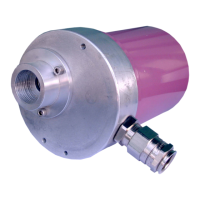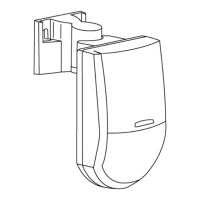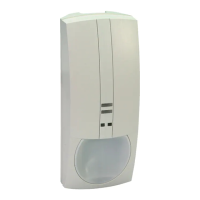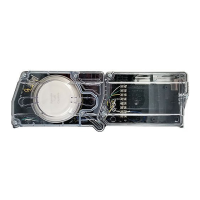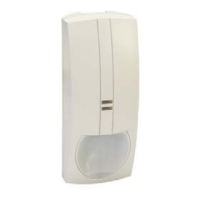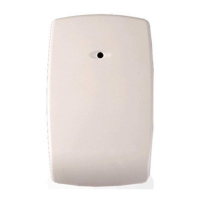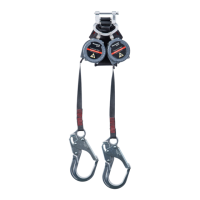Calibration and Testing
Manual Alarms Test
Under Normal Operation Mode and non-alarm conditions, the buzzer (audible alarm), visible
alarms, and backlight can all be tested anytime by pressing [Y/+] twice. If any alarm does not
respond, check the alarm settings in the Programming Menu to make sure all alarms are
enabled (selected setting under Programming/Alarms/Alarm Settings should be “All Enabled”).
If any alarms are enabled but not functional, the instrument should not be used.
Bump Testing and Calibration
RAE Systems recommends that a bump test be conducted prior to each day’s use. The purpose
of a bump test is to ensure that the instrument’s sensors respond to gas and all the alarms are
enabled and functional.
l The AreaRAE Plus/Pro multi-gas detector must be calibrated if it does not pass a bump
test when a new sensor is installed, after sensor maintenance has been performed, or at
least once every 180 days, depending on use and sensor exposure to poisons and
contaminants.
l Calibration and bump test intervals and procedures may vary due to national legislation
and company policy.
During a bump test, the instrument makes a pass/fail decision based on sensor performance,
but the user still has the responsibility to make sure all the alarms are enabled and functional.
Bump (Functional) Testing
A bump test can be performed on an individual sensor (Single Sensor Bump) or a group of
sensors (Multi Sensor Bump) combined into Multi Cal. Select. The same gas is used for a bump
test as for calibration. Typically, two cylinders of calibration gas are needed to perform a bump
test or calibration on an instrument with a PID sensor and electrochemical and LEL sensors.
This may require one gas cylinder with Isobutylene or another VOC test gas to test the PID
sensor, and another with a 4-gas mix to test electrochemical (such as CO, H
2
S, and O
2
) and LEL
sensors. As with calibration, the instrument intelligently splits the process into two consecutive
steps: first, the wizard prompts for testing electrochemical and LEL sensors, and then it tests the
PID sensor.
IMPORTANT!
Make sure all of the instrument’s sensors have warmed up before performing a bump test. The
instrument will take the time to warm up the sensors prior to enabling access to bump test
menus. You can tell a sensor has warmed up if you see a reading next to its name on the display.
If it has not warmed up, three dashes (“---”) are shown next to it.
Teflon tubing must be used to test or calibrate the PID sensor. Follow the steps described here
to perform a manual bump test:
AreaRAE 88 User Manual

